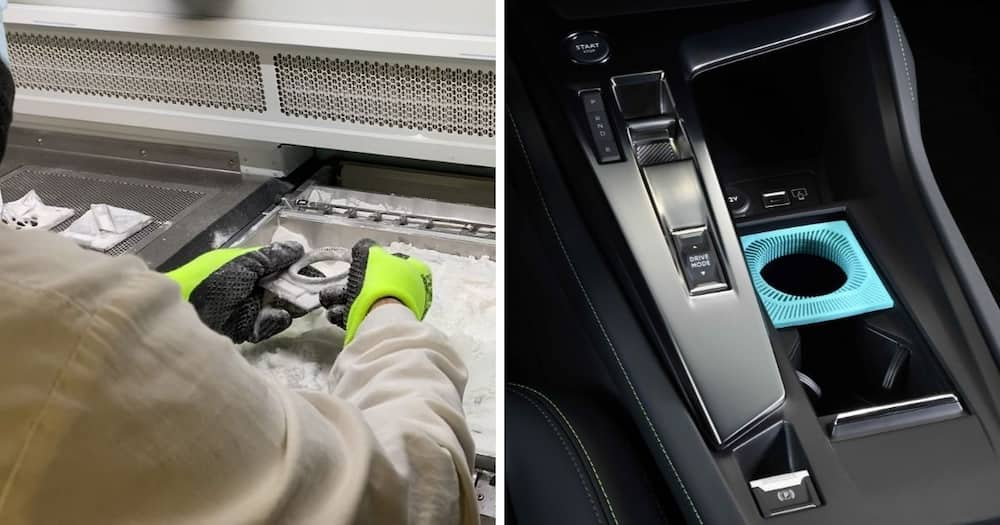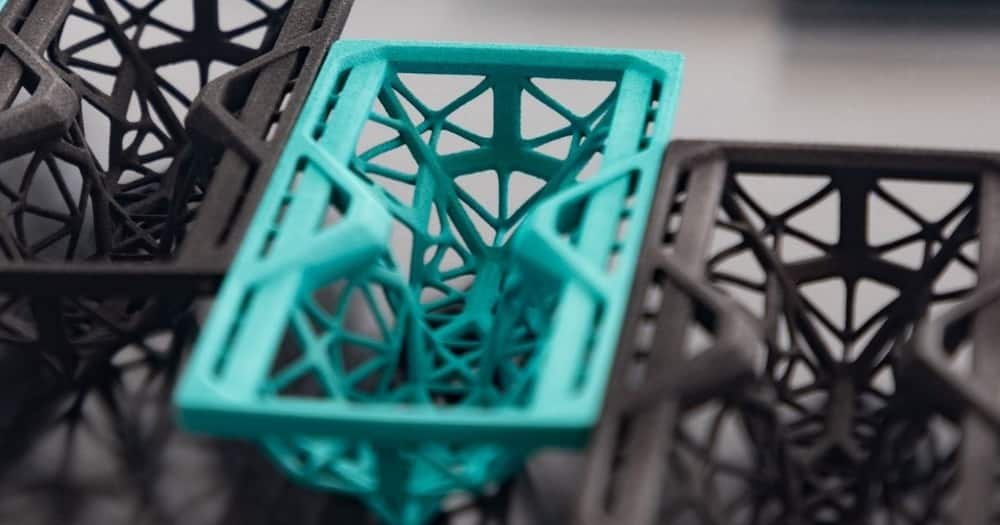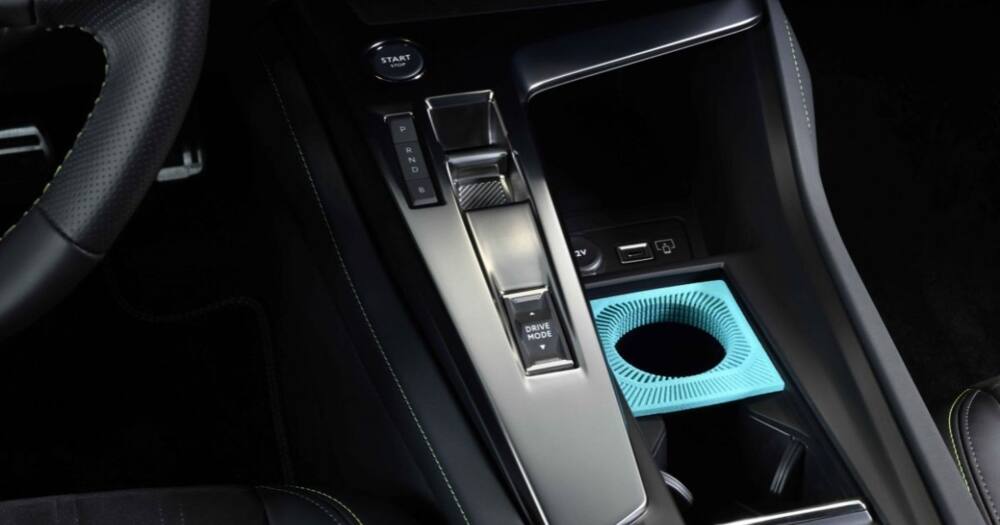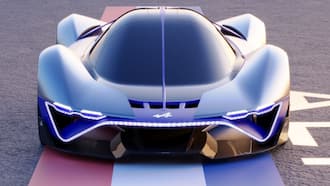Peugeot Is Reinventing Car Accessories for Its 308 by Using 3D Printing Tech and Polymer
- Car accessories made from 3D printing is the result of a joint effort by Peugeot's Design, Product and Research & Development teams in collaboration with HP Inc., Mäder and ERPRO
- The aim is to offer innovative products that are pleasant to the touch, light, solid and easy to use, and which enhance the interior well-being offered by the 308 and the latest generation Peugeot i-Cockpit
- 3D printing adapts to the needs of an increasingly demanding and unpredictable market; all kinds of customised objects and accessories can be produced without needing expensive moulds and manufacturing tools
PAY ATTENTION: Click “See First” under the “Following” tab to see Briefly News on your News Feed!
Peugeot is reinventing car accessories thanks to innovative 3D printing technology and a brand new flexible polymer. Available on the brand's shop, a range of accessories including a sunglasses holder, a can holder and a phone/cardholder has been created specifically for the new Peugeot 308. This is the first time that 3D printing technology has been used on car accessories.
These accessories are the result of a joint effort by Peugeot's Design, Product and Research & Development teams in collaboration with HP Inc., Mäder and ERPRO. They are 3D printed using the new HP Multi Jet Fusion (MJF) 3D printing technology. The aim is to offer innovative products that are pleasant to the touch, light, solid and easy to use, and which enhance the interior well-being offered by the 308 and the latest generation Peugeot i-Cockpit.

Source: UGC
The designers' objective at the start of the project was to create accessories that were visual, innovative, and crafted from modern materials, Newspress reports. The range of accessories was drawn up after a detailed analysis of how customers use storage in the car.
As traditional materials did not meet the specifications, the "Colours and Materials" team within the Peugeot Design department worked with its partners to develop a more innovative material to suit this purpose, Automotiveworld reports. 3D printing was the obvious solution.
Enjoy reading our stories? Download the BRIEFLY NEWS app on Google Play now and stay up-to-date with major South African news!
Flexible and environmentally-friendly - the technology of the future:
3D printing adapts to the needs of an increasingly demanding and unpredictable market; all kinds of customised objects and accessories can be produced without needing expensive moulds and manufacturing tools.

Source: UGC
Importantly, 3D printing is better for the environment and as such contributes to the brand’s quest for more sustainable manufacturing processes. Its use is becoming more and more widespread and is revolutionising the manufacturing system across many industries. Indeed, additive manufacturing is becoming an alternative to manufacturing techniques such as injection moulding.
The range of 3D printed accessories is available in two colours, black and mint green.
3D printing offers many additional advantages:
Design freedom: fewer manufacturing constraints means that 3D printing allows greater creative freedom for designers and infinite possibilities for part complexity (due to there being no injection moulding).
Optimised structures: reduced weight, greater strength, fewer assemblies.
Agile production: infinite customisation possibilities, mass production with shorter lead times, and no need for storage thanks to "on-demand" production.
This technology is constantly evolving, both in terms of the materials used and the production methods; and the production costs just keep going down.
Innovative materials:
In just a few months, the teams have jointly developed a new polymer that has 3 main advantages:
Flexibility: a flexible, malleable and robust polymer
Speed: the manufacturing process is short and made to measure
Quality of rendering: highly accurate details thanks to very fine molecules

Source: UGC
The result of the partnership between HP Inc and BASF is the flexible material Ultrasint thermoplastic polyurethane (TPU), a material that offers durable, strong and flexible parts. It is a perfect material for impact-absorbing parts that require high elasticity and for flexible mesh-like structures. The material can be used to produce parts with high surface quality and a very high level of detail.
The use of TPU in a car interior is a new approach, which has been patented by the STELLANTIS Group.
Peugeot has chosen to use HP Multi Jet Fusion (MJF) 3D printing technology. HP Multi Jet Fusion is a brand new layer-by-layer additive manufacturing technology on a powder bed. Peugeot was one of the first to use this technology in the development of the 3D accessories range.
The process starts with the transfer of a digital CAD (computer-aided design) file to a 3D printer, in this case, an HP Multi Jet Fusion 3D printer. The process works by depositing a binder onto a powder by combining:
A binding agent to fuse the powder
A specific agent is known as a detailer to "smooth" the surface.
Printing phase:
HP Multi Jet Fusion uses a print head to selectively apply fusing and detailing agents to a polymer powder bed, which is then melted by heating elements to form a solid layer.
After each layer (80µm thick), more powder is added to the previous bed, and the process repeats until the part is complete.
Post-processing phase:
When the build is complete, the entire powder bed with the encapsulated parts is sent to a processing station where most of the remaining powder is removed by vacuum suction
The parts are then sandblasted to remove the powder residue before going to the finishing department, where they are painted to improve aesthetics.
3D printing is still in its infancy in the automotive industry, but this technology is intended to be used not only on the range of accessories but also on more technical parts of the next PEUGEOT models.
The New Maserati Grecale SUV features a high-performance version with an electric model due in 2023
A vehicle set to feature some of the latest tech, is Maserati's Grecale Folgore Briefly News reports.
A full-electric Grecale wearing the Folgore badge will come to market in 2023 and is the first full-electric Maserati SUV. To complete the range, the Grecale Folgore, the 100% electric version with 400V technology.
Inside, in the cabin, the standout tech specs include the traditional Maserati clockface. Digital for the first time, it transforms into a veritable in-car concierge, courtesy of voice control.
Source: Briefly News






